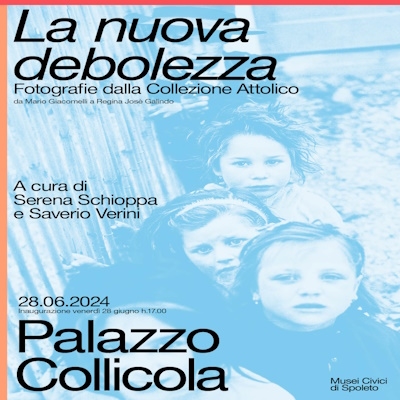Corpus Domini in Orvieto
In 1263 a Bohemian priest, Pietro from Prague, who had doubts about the truth of the transubstantiation, was travelling from Prague to Rome to remove these doubts.
While he was celebrating the mass near to the tomb of St. Cristina in Bolsena, he saw pouring blood from the consecrated white Host and wetting the corporal with the liturgical linens. The Pope Urban IV who resided in Orvieto, informed of the fact, sent the Bishop James to Bolsena to double check the event as well as to move the blooded linen to Orvieto. On 11 August 1264 the Pope showed the Corporal to the population and later, with the “Transiturus” Bull, officiated by St. Thomas Aquinas who resided in the town, extended the Celebration of the Corpus Domini to all the catholic world.
The Religious Procession together with the Historical Parade proposes again the first procession painted in a fresco within the Chapel of the Corporal, where you could see the religious and civilian authorities coming out and meeting the Pope arriving from Bolsena. The religious and civil parade tells the history of the miracle and of the administrative as well as social system in that time. It’s a careful reconstruction, started in the 1950s, with over 400 characters wearing costumes, helmets, armours and emblems belonging to the Orvieto noble families as well as to the militias, produced by able hands of local expert craftsmen.
The religious procession is composed of Vatican authorities, representatives of the religious orders, Knights of the Holy Sepulchre, brotherhoods, charitable associations and pilgrims of the Via Romea - whose Umbrian segment has been activated for the first time.
For further information:
Corpus Domini in Umbria - Sulla Via Romea Germanica
























